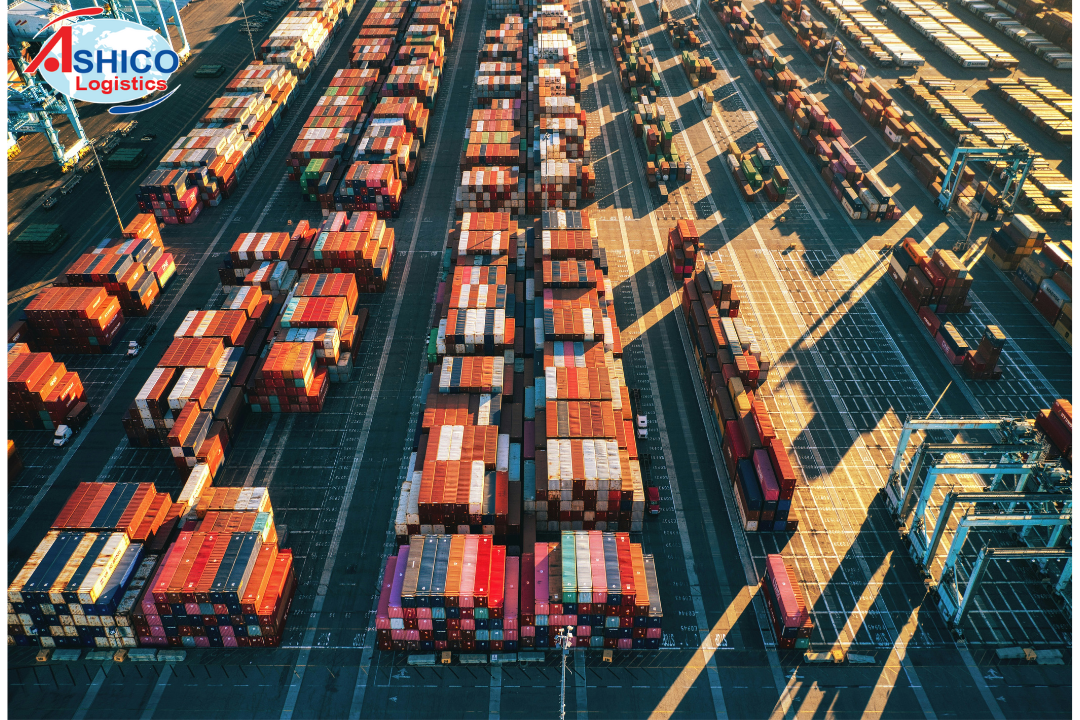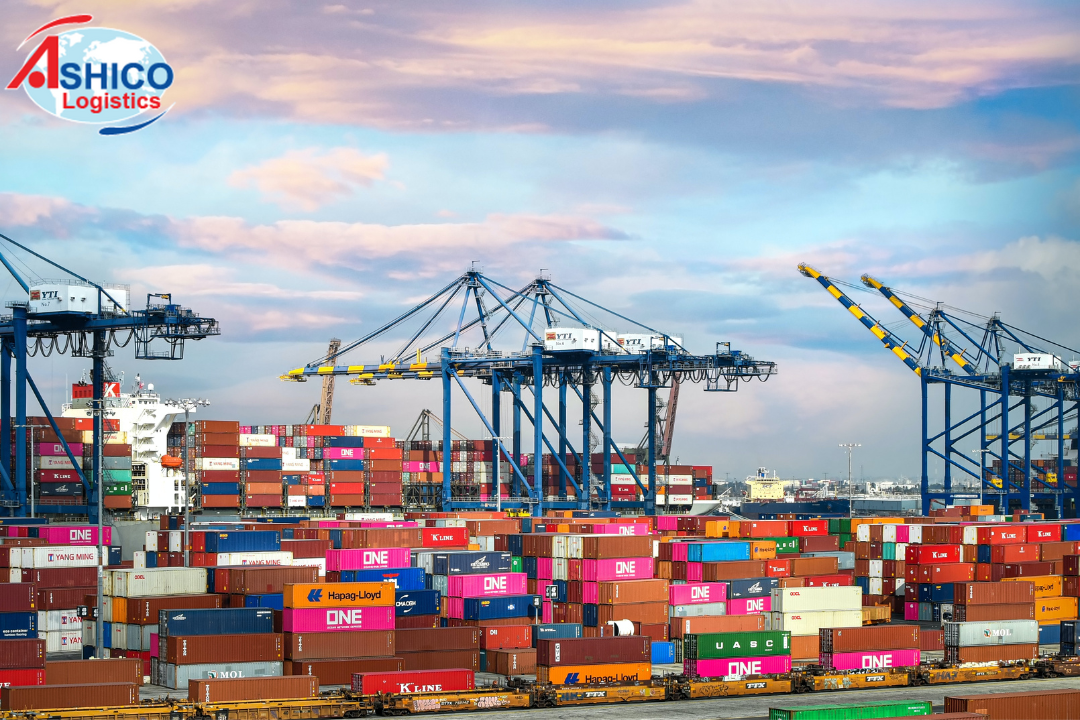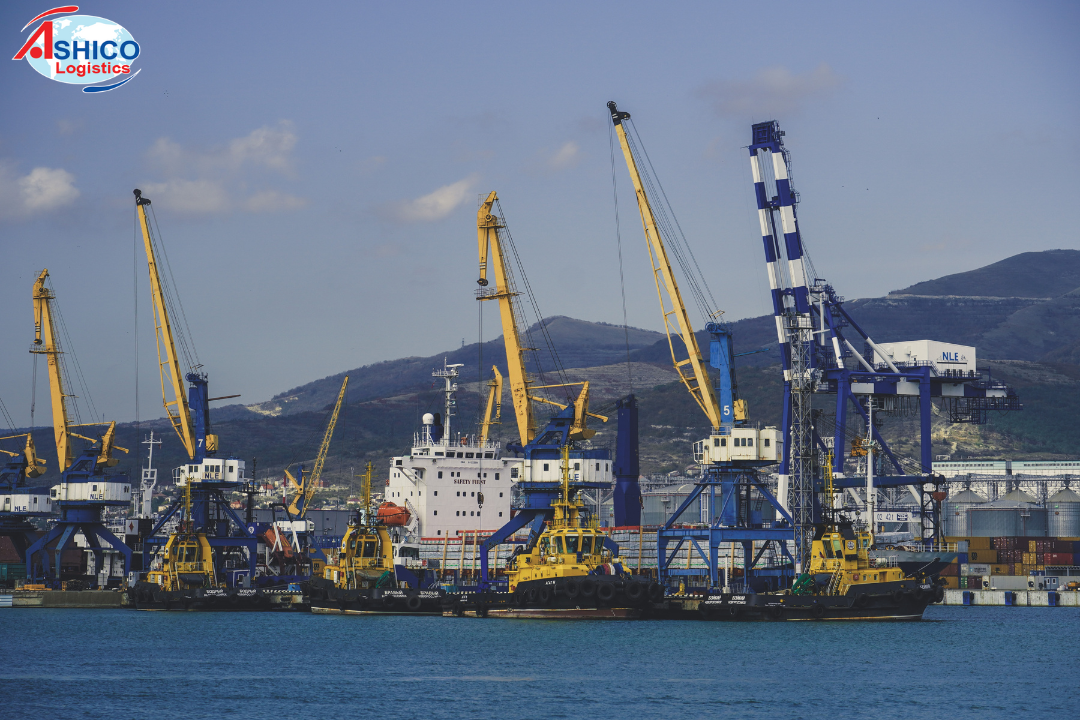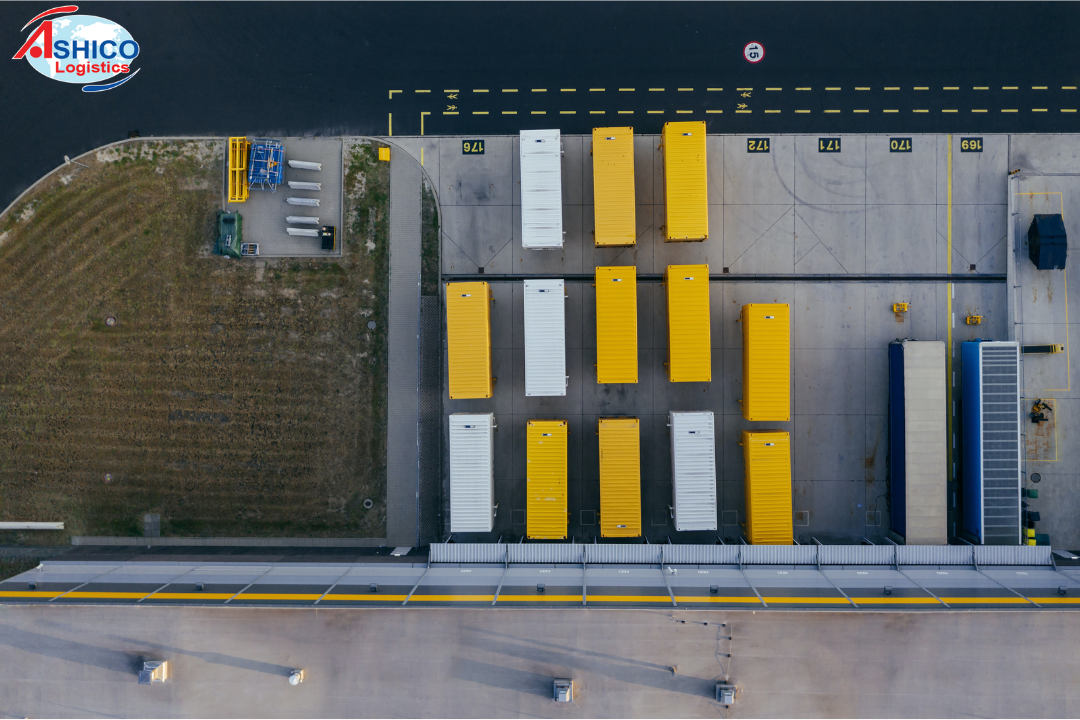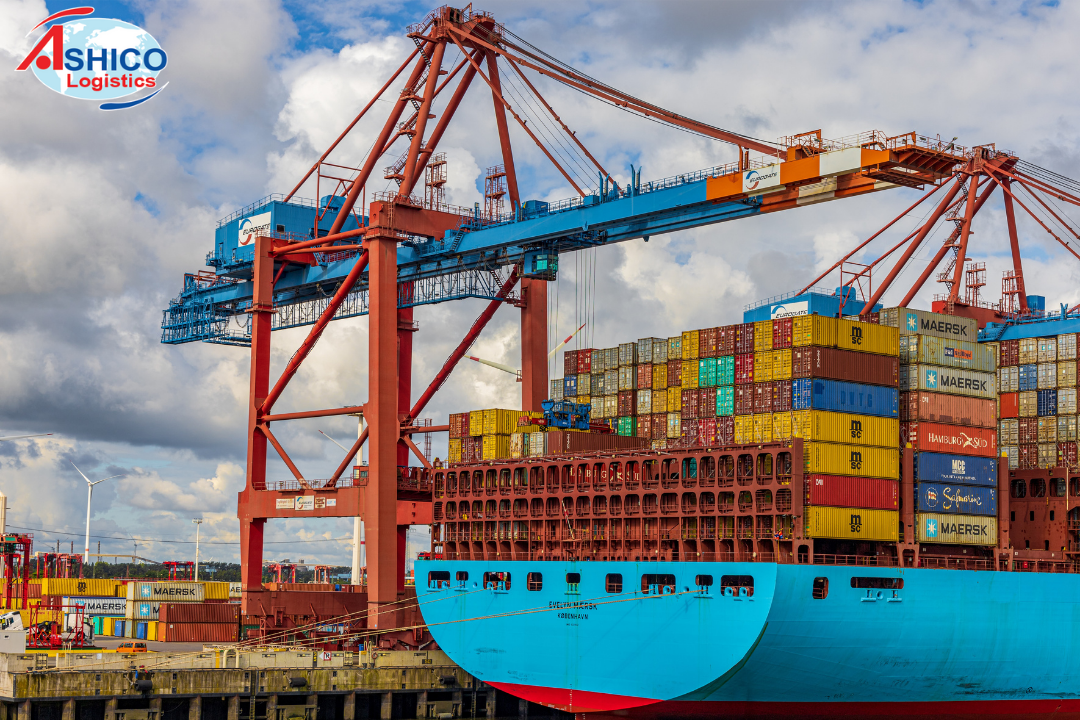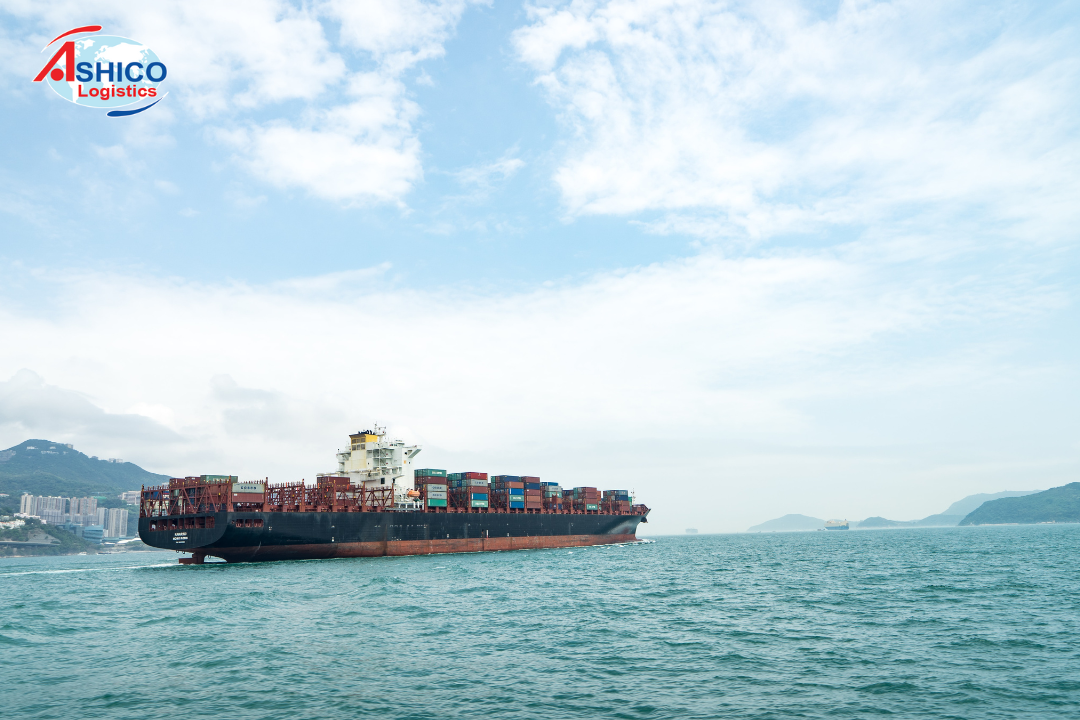
The price of shipping containers from Asia to the US decreased by 60%
The cost of shipping a 40-foot container from China to the West Coast of the United States is about $5,400, down 60% from January 2022.
According to the Freightos Baltic index, the cost of transporting a 40-foot container from China to the West Coast of the United States fell 62%, to about $5,400. At the same time, the price of shipping a shipping container to Europe from Asia costs about $9,000, 42% lower than at the beginning of the year.
.png)
The price of shipping containers from Asia to the US decreased compared to the beginning of 2022.
Although the freight rates of these two routes are still higher than before the pandemic, they have fallen deeply from the peak of more than $20,000 in September 2021. Previously, ocean freight rates increased nearly 10 times in 2021 when supply chain disruptions, stagnant containers at ports and skyrocketing demand for goods caused importers to scramble to place containers on ships. . Some major US retail chains such as Walmart even charter full ships to solve congestion problems.
This year, however, Walmart and other retailers have faced a build-up in inventory after racing to ship earlier than usual due to concerns about delivery delays or increased demand. At the same time, manufacturers are also shipping items earlier than usual, leading to increased inventories for some retailers in the fashion industry such as GAP or toy maker Hasbro.
Pointing to the reasons for the drop in shipping prices, Jonathan Roach, transport analyst at London-based Braemar Consulting, said: "The backdrop of a potential global recession, driven by prices, is the backdrop of a potential global recession. Rising energy and rising inflation are driving the market down."
"In addition, the boom in demand for consumer products during the Covid-19 pandemic has subsided, and spending on tourism, entertainment and services will start to revive in 2021 as well. one of the reasons", this expert added.
According to the analysis of ship owners and analysts, ocean freight rates will continue to decrease in the next months of 2022 and last until 2023. A series of new containers will come into operation in the next 2 years at a rate fleet growth is expected to exceed 9% from 2023-2024. Braemar's forecast indicates that growth in the number of containers will fall to negative next year, before rebounding to around 2% by 2024.
Many ocean carriers also warn of market weakness in the second half of 2022. "We need to pay attention to the impact of inflation on consumer demand and behavior," China Cosco Shipping , which operates the world's fourth-largest container fleet, said .
Previously, in 2019, the average cost to ship a container across the Pacific Ocean to the West Coast of the United States was about $1,500.
Shipping lines are investing billions of dollars in new technologies and fuels to cut carbon emissions from container ships. At the same time, the additional cost of cleaner shipping won't go away. As a result, analysts and shipping line leaders also expect rates to soon return to pre-pandemic levels, partly due to higher fuel costs.
Phi Hung (Souce: Marineinsight)

